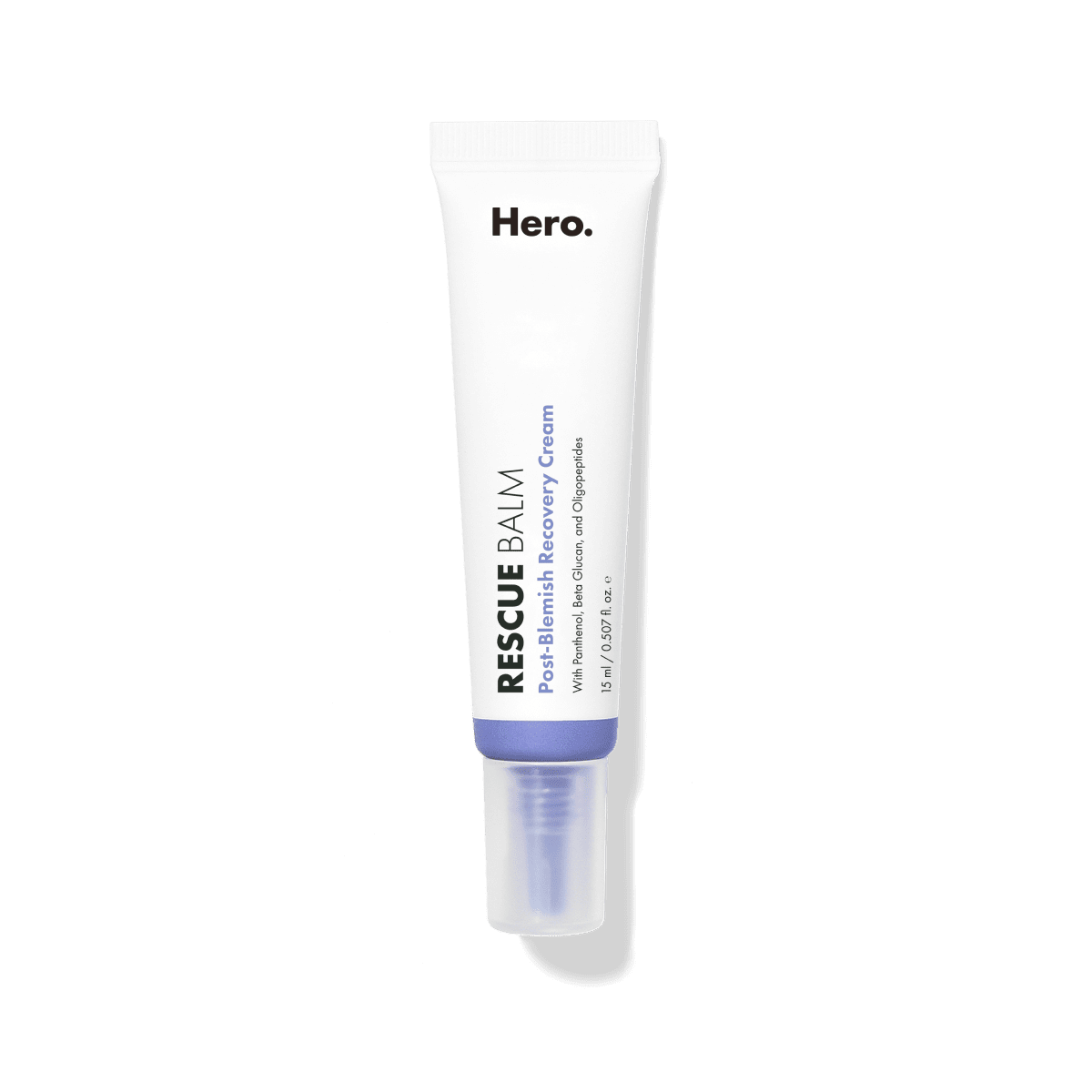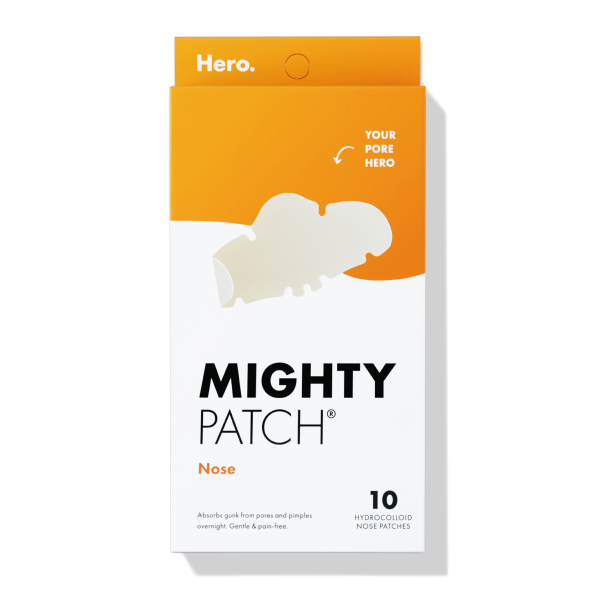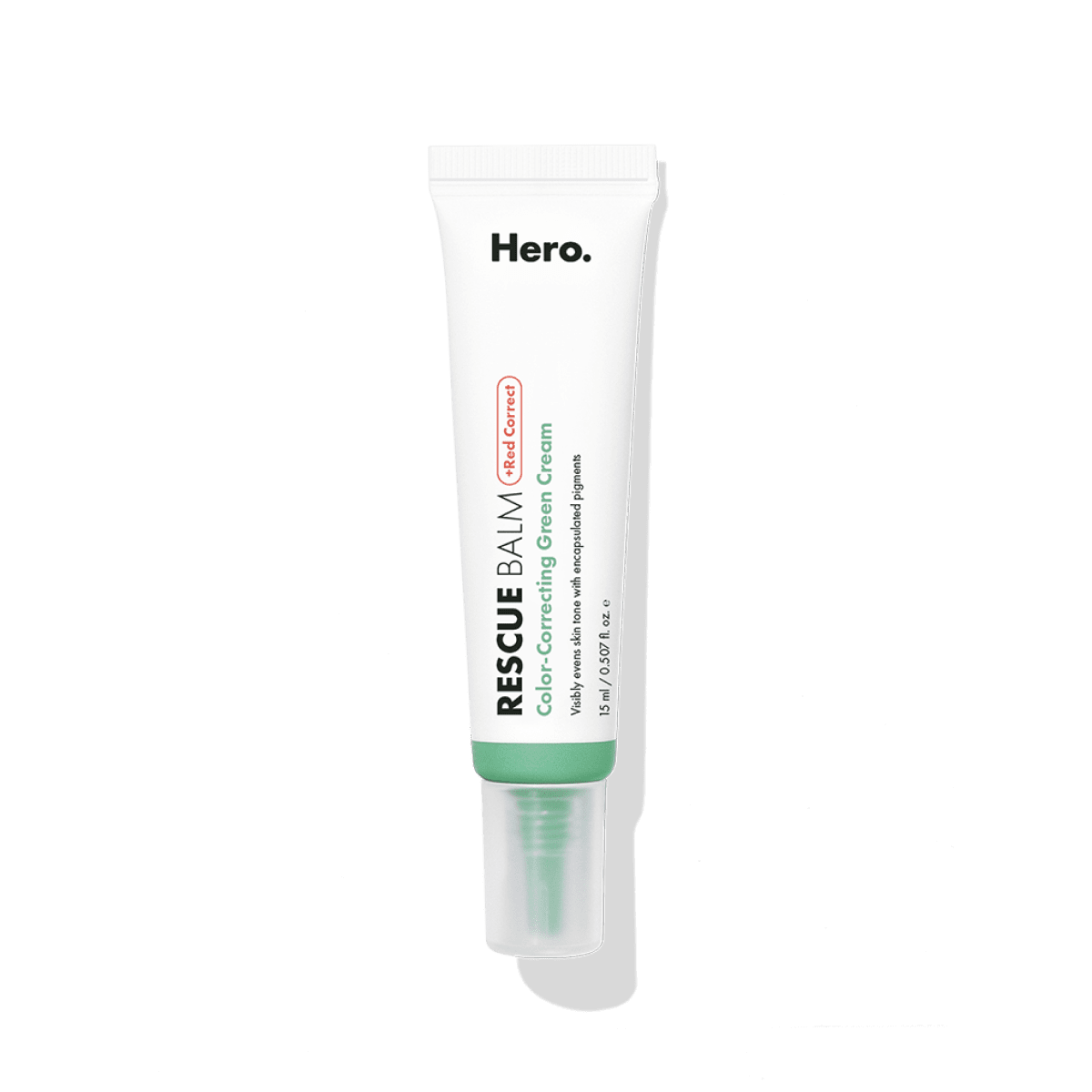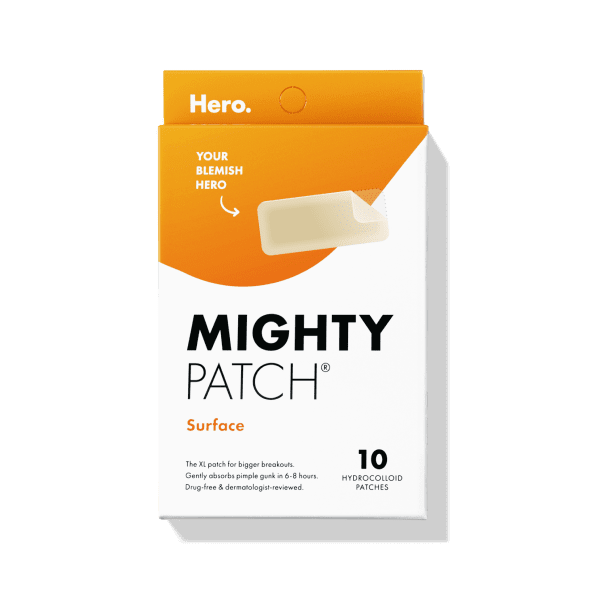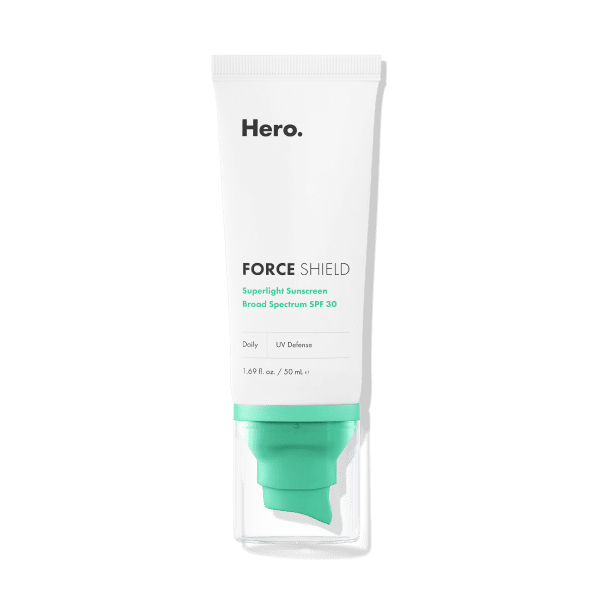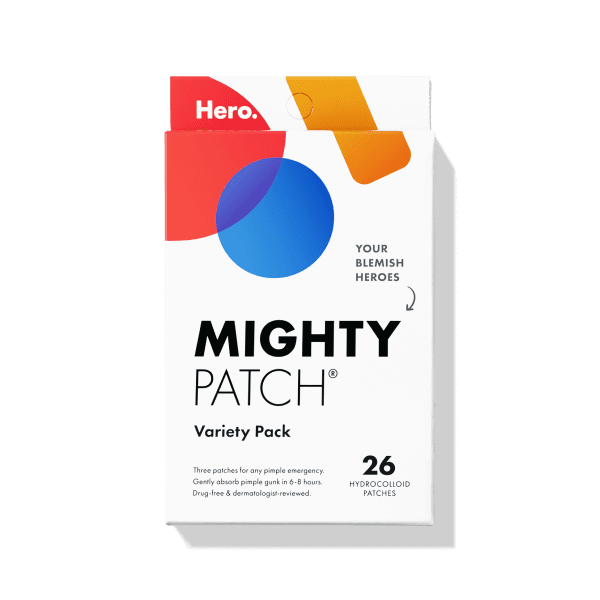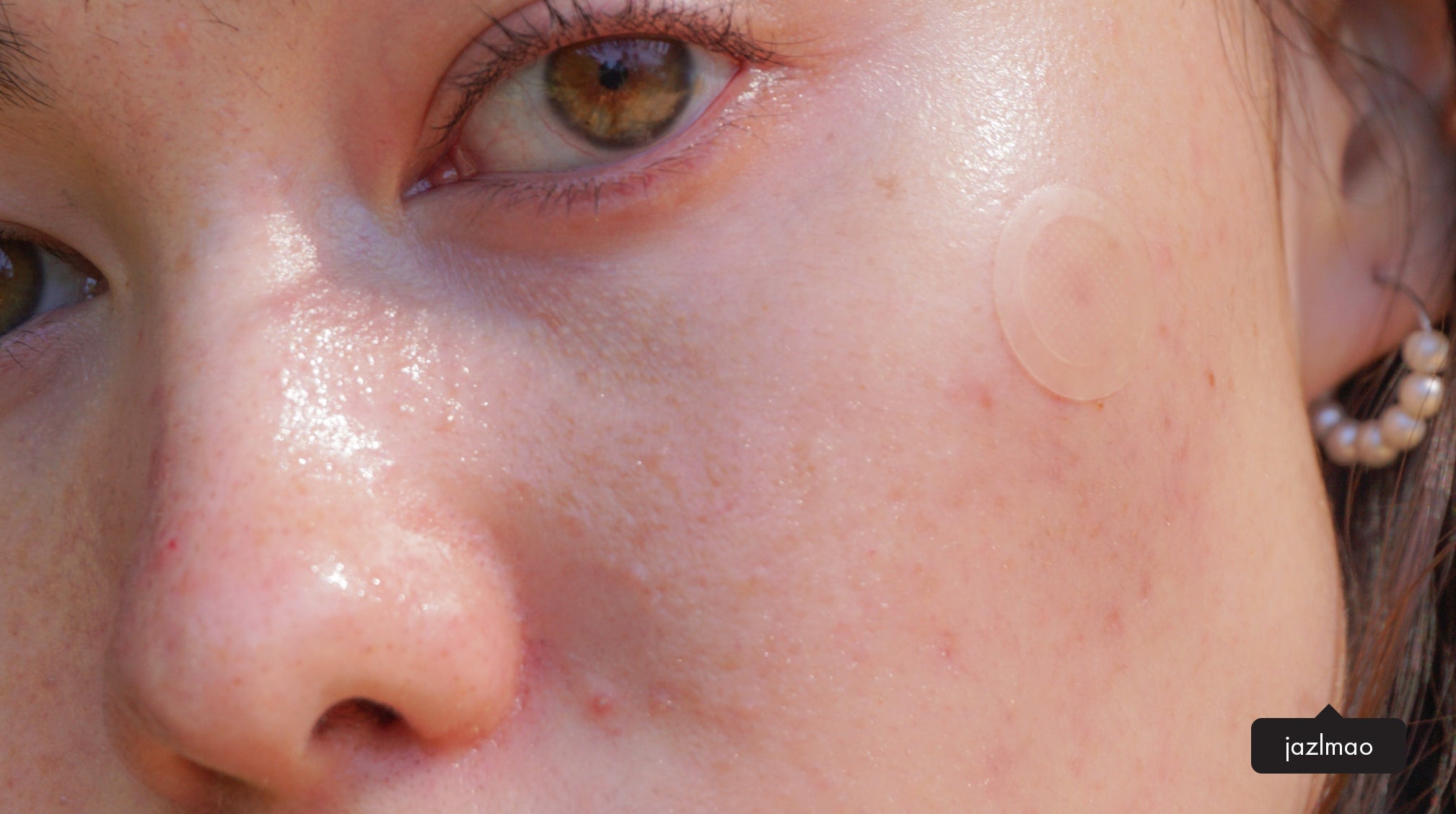
Despite your best judgement and all of those fabulous skincare articles you’ve read on Skin School, you squeezed. You tried pore strips – even the three-step kind. You exfoliated until you looked like Rudolph. But those blackheads are still there – staring you down in your magnification mirror.
Chances are, those teeny-tiny dark spots are not blackheads at all, but sebaceous filaments. Dr. Rina Allawh, a board-certified dermatologist practicing in the Philadelphia area, clears up the difference. “A blackhead is when the pore is clogged by dead skin cells and sebum, whereas a sebaceous filament is the overproduction of sebum (oil) from the hair follicle with no occlusion.”
Sebaceous filaments, also known as sebum plugs, are a natural part of your skin, so there’s no way to eliminate them completely. However, you can adjust your skincare routine to help to minimize their appearance and prevent them over time. Read on to get a better understanding of the sebum definition, find out how it collects in pores and learn what you can do about it.

What are sebaceous glands?
With the exception of the palms of your hands and soles of your feet, your body is covered with sebaceous glands, or tiny sebum-producing glands attached to hair follicles (AKA pores). These glands secrete sebum, which is a mixture of fats (triglycerides, wax esters, squalene and cholesterol) that is pushed up to the skin’s surface through your pores.
“Sebaceous filaments are composed of the natural keratinized lining of the upper portion of the hair follicle and may resemble blackheads,” explains Allawh. “Keratin is normally shed through the follicular opening. However, when this debris is retained and trapped by excess oils on the skin, this creates a whitehead. When the blocked pore opens, it appears grayish-black to the naked eye, creating a blackhead. Sebaceous filaments are composed of a small collection of sebum and debris and are typically flat, in contrast to blackheads.”
RELATED READ: What is Sebum? And What Does it Have to Do With Acne?
Clogged pores can occur anywhere on your body that sebaceous glands are present, which is why you’ll sometimes experience acne on the scalp, back, chest and butt. As you probably guessed, sebaceous glands are most abundant on the face and scalp, which is where you likely see the majority of your breakouts.
Unlike the clogged pores that cause whiteheads or blackheads, sebaceous filaments do not completely clog or block the pore. Oil is still able to pass through them to reach the surface of your skin. You usually cannot even see them, unless your glands produce excess sebum and the oil begins to harden and spill out the top of the pore. From a distance, sebum plugs often look like little black dots, but they are actually the color of sebum, or clearish-yellow.
So are all the tiny non-acne bumps on my face sebaceous filaments?
No, there are a number of skin conditions that can cause small bumps on your skin’s surface. One common example is sebaceous hyperplasia, the enlargement of sebaceous glands. Hyperplasia typically appears as yellowish-white bumps on the forehead, cheeks and/or nose of middle-aged or older adults.
Another harmless condition that causes white bumps on the face, milia emerge when keratin becomes trapped under the surface of the skin. Milia are not a sign of clogged pores.
4 Steps to fewer sebaceous filaments
As we mentioned, sebaceous filaments are harmless and barely visible to anyone other than you – and that’s with your magnification mirror. That being said, if those tiny dots bother you, there are steps you can take to make them less apparent. And luckily, most of those steps are exactly the same ones that help to eliminate clogged pores, so you can kill two birds with one stone.
Step 1: Hands off!
“In contrast to blackheads, if you squeeze sebaceous filaments, there is rarely any debris extruded,” says Allawh. “Therefore, avoid squeezing or over-exfoliating sebaceous filaments because it may lead to cosmetically displeasing scarring and hyperpigmentation with minimal benefit.”
Step 2: Wash well
Allawh recommends using a salicylic acid wash each morning. Salicylic acid is a keratolytic, or peeling agent, that destroys excess keratin and prompts shedding of the outer layer of skin. If you want extra pore-clearing power, look for a cleanser that combines salicylic acid with glycolic acid, which acts as both an exfoliant and humectant.
Step 3: Self-care Sunday
Whether it’s an AHA/BHA facial or an active charcoal mask, it is possible to clear your pores at home. Just ask the Redditors who were recently raving about this sebaceous filament removal method and the smooth skin it left behind:
- Apply a liquid BHA to your skin (BHA-only, not an AHA) and wait 20 minutes.
- Smooth a clay mask over the BHA-treated area. Don’t rinse the BHA off.
- After the mask dries, rinse it off and apply a cleansing oil. Wait 15 minutes.
- Massage the area with the cleansing oil and rinse. If you feel gritty bits on your fingertips, those are the sebaceous filaments.
Step 4: Try a retinol
Most derms consider retinol to be their go-to pore de-clogger, and it can also help with sebaceous filaments too. “Topical retinoid creams help push clogs to the surface, decrease oil production and tighten the appearance of pores,” says Dr. Susan Bard, an NYC-based, board-certified dermatologist. If you have sensitive skin or are new to retinol, try an over-the-counter adapalene gel. Apply at bedtime two to three times per week and work your way up to daily use as your skin adapts.
LEARN MORE: Pores 101: Everything You Ever Wanted to Know About How to Get Rid of Clogged Pores
[[product-ad]]

